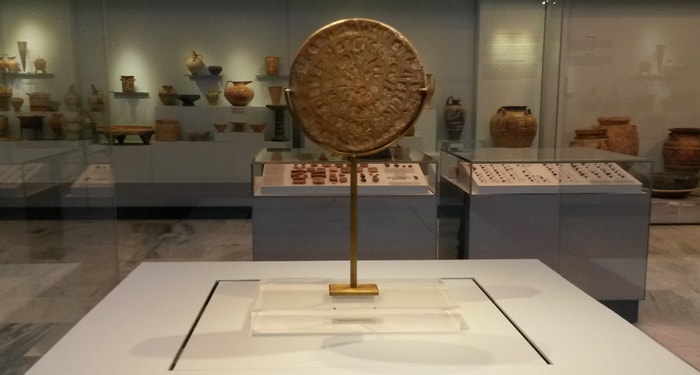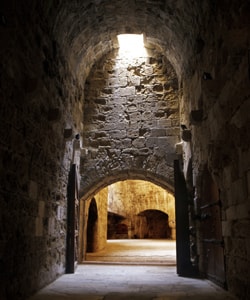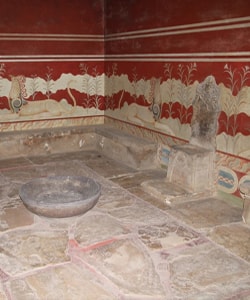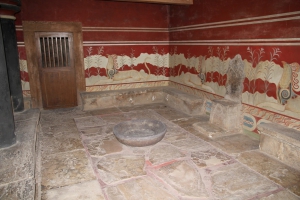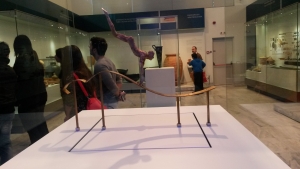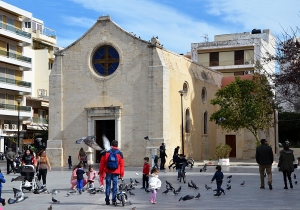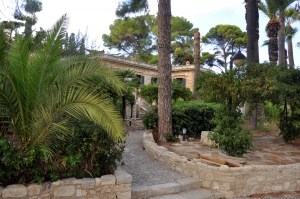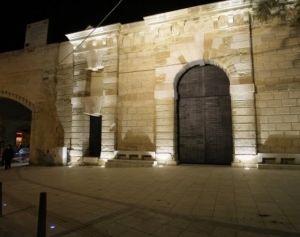Knossos was the most important city on Crete before the Roman Era and the center of the first brilliant European civilization, the Minoan. The palace of King Minos is the most visited archaeological site in Crete with more than 1.000.000 visitors per year.
The imposing medieval fortress of Koules still stands at the beginning of the western breakwater of the modern port of Heraklion. Its real name is Rocca al Mare, named so by its Venetian founders. Koules, or the Great Koules like it is called, was not the sole ruler of the port.
The grave of the important Cretan writer Nikos Kazantzakis (1883-1957) is located at the highest point of the Walls of Heraklion, the Martinengo Bastion, with panoramic views to the ugly, but also historical, concrete jungle of Heraklion.
The collection of the Minoan antiquities in the Archaeological Museum of Heraklion is the largest in the world and the museum is considered the main Museum of Minoan civilization. It is classified as one of the largest and most remarkable museums in Greece and one of the most important in Europe.
The Museum of Byzantine Icons and Relics of Archdiocese of Crete is located in the Venetian church of St. Catherine of Sinai, in the center of Heraklion and next to the cathedral of Saint Minas.
The Natural History Museum of University of Crete demonstrates with an impressive and innovative manner the natural environment of the eastern Mediterranean with a special emphasis on Greece and Crete.
The Villa Ariadne was built in 1906 to reside archaeologist Arthur Evans and during the Second World War housed the German commander of Crete. Here was signed the delivery of Crete to the Allies.
Gate of Jesus or New Gate (Kenourgia Porta) was built on the south side of the Venetian Walls, in today's Evans Street, in 1587. From this gate left those who were heading to the southern provinces of the county. The gate also hosted the pipeline which supplied water to the city.






